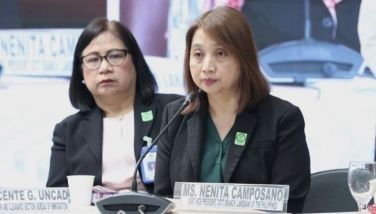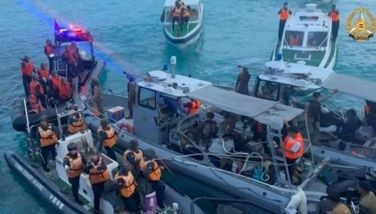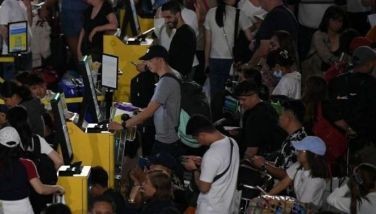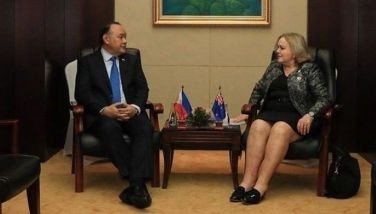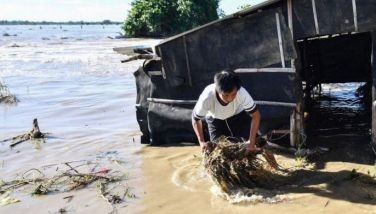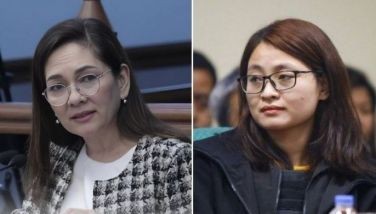Look into erratic fuel prices in Eastern Samar, DTI asked
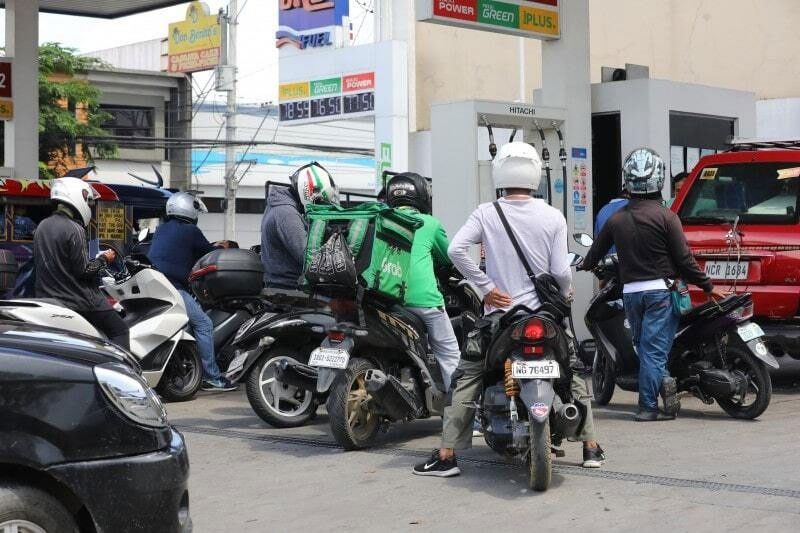
MANILA, Philippines — The Department of Trade and Industry (DTI) has been urged to look into the high and erratic prices of petroleum products in Eastern Samar.
Gov. Ben Evardone said he asked DTI officials to look around and determine the real cause before he would meet them to discuss measures to address the problem.
Evardone said that fuel products are being sold by oil companies at different prices.
He said one of the major oil players, Petron, is selling fuel at P96.60 to P97.56 per liter in different stations.
Seaoil, he said, has the highest selling price at P101 per liter.
Evardone expressed concern over the high prices of fuel in his province, which he said affected the lives of the people, especially those in the transportation sector and the riding public.
He said commuters are complaining as public utility vehicle operators and drivers maintained the high fare rates implemented during the height of the pandemic when PUVs were allowed to ply their routes at 50 percent capacity.
Even now that they are allowed to operate at 100 percent capacity, PUV drivers are still seeking the same fare rates from commuters.
“I asked them to discuss the matter with me. I don’t know how to address this,” he said.
If the situation worsens, Evardone said he might impose flexible working schedules for workers to ease their burden.
Meanwhile, around 15,000 public utility vehicle beneficiaries have yet to receive their fuel subsidy from the government, according to the Land Transportation Franchising and Regulatory Board.
LTFRB executive director Kristina Cassion said they are working with the Land Bank of the Philippines to ensure that the fuel assistance would be credited to the accounts by this week.
Cassion said the LTFRB has finished disbursing the subsidy to Landbank, covering about 265,000 beneficiaries for public utility jeepneys, buses, taxis and TNVS or transport network vehicle service.
She said the LTFRB is also working with the DTI and local government units for the provision of fuel subsidy of other transport modes. – Romina Cabrera
- Latest
- Trending

















